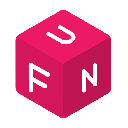-
 Bitcoin
Bitcoin $83,693.4772
-0.71% -
 Ethereum
Ethereum $1,817.7102
-0.37% -
 Tether USDt
Tether USDt $0.9997
-0.02% -
 XRP
XRP $2.1339
2.23% -
 BNB
BNB $596.9757
-0.15% -
 Solana
Solana $121.5593
2.30% -
 USDC
USDC $1.0000
0.00% -
 Dogecoin
Dogecoin $0.1696
1.75% -
 Cardano
Cardano $0.6614
0.39% -
 TRON
TRON $0.2369
-0.88% -
 Chainlink
Chainlink $12.9593
-0.88% -
 UNUS SED LEO
UNUS SED LEO $8.9206
-4.70% -
 Toncoin
Toncoin $3.2958
-6.81% -
 Stellar
Stellar $0.2557
-2.79% -
 Avalanche
Avalanche $18.2747
-1.39% -
 Sui
Sui $2.2549
-0.27% -
 Shiba Inu
Shiba Inu $0.0...01237
-0.27% -
 Hedera
Hedera $0.1629
-1.15% -
 Litecoin
Litecoin $83.9303
-0.91% -
 Polkadot
Polkadot $4.0096
-2.33% -
 MANTRA
MANTRA $6.2434
-1.07% -
 Bitcoin Cash
Bitcoin Cash $303.0473
-1.83% -
 Bitget Token
Bitget Token $4.5115
-1.00% -
 Dai
Dai $1.0001
0.00% -
 Ethena USDe
Ethena USDe $0.9991
-0.05% -
 Pi
Pi $0.6523
18.15% -
 Monero
Monero $217.2879
-0.01% -
 Hyperliquid
Hyperliquid $11.9364
0.75% -
 Uniswap
Uniswap $5.9118
-1.45% -
 OKB
OKB $51.4933
9.41%
What is the decentralization of blockchain?
Blockchain decentralization empowers networks by distributing control and enhancing security, transparency, and immutability of data and transactions, making them resistant to censorship and malicious attacks.
Feb 18, 2025 at 12:36 am
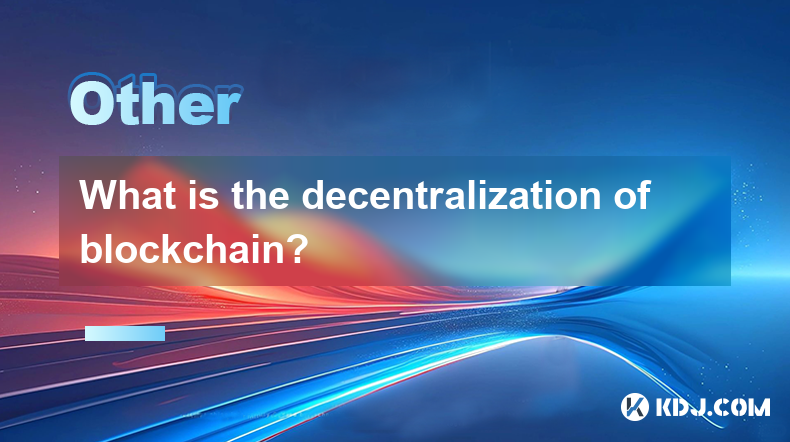
Key Points of Blockchain Decentralization:
- Decentralized networks distribute power and control across a network of participants, rather than concentrating authority in a single central entity.
- Blockchain technology employs decentralization to enhance security, transparency, and immutability of data and transactions.
- Decentralized blockchains are resistant to censorship, tampering, and malicious attacks.
Understanding Blockchain Decentralization
Elimination of Centralized Control:
Blockchain decentralization eliminates the need for a central authority or intermediary to oversee or validate transactions. Instead, power is distributed among a network of independent nodes that maintain a complete copy of the blockchain. Each node has equal rights and responsibilities within the network, preventing any single entity from gaining undue influence.
Consensus Mechanisms for Decentralization:
To ensure that all nodes on the blockchain agree on the same state of the ledger, decentralized protocols employ consensus mechanisms such as Proof of Work (PoW), Proof of Stake (PoS), or Byzantine Fault Tolerance (BFT). These mechanisms ensure that new blocks and transactions are validated and appended to the blockchain accurately and reliably.
Transparency and Auditability:
Decentralized blockchains provide unparalleled transparency as all transactions and data are recorded on the public ledger. Every node has access to a complete and immutable record of the blockchain, enabling transparency and auditability of all activities. This prevents any individual or organization from manipulating or altering data without the knowledge of the entire network.
Increased Security:
Centralized systems are prone to hacking and security breaches as they often have a single point of failure. In contrast, decentralized blockchains distribute data across a vast network of nodes, making it virtually impossible to compromise or alter the entire system. Malicious actors would need to control a majority of the nodes to launch a successful attack, which is highly improbable.
Prevention of Censorship and Interference:
Decentralized blockchains are not subject to censorship or interference from external entities. Transactions and data recorded on the blockchain are immutable and cannot be selectively deleted or altered by governments, corporations, or other malicious actors. This protects users from having their activities monitored or suppressed.
FAQs on Blockchain Decentralization
What are the benefits of blockchain decentralization?
- Increased security, transparency, and resistance to censorship and interference.
- Elimination of central points of failure and reliance on trusted third parties.
- Promotion of fair and equal participation in network governance and decision-making.
How does blockchain decentralization differ from centralized systems?
- In decentralized systems, power is distributed across multiple nodes, while in centralized systems, control is held by a single entity.
- Decentralized blockchains are immutable and transparent, while centralized systems can be manipulated and data can be altered.
- Decentralized networks are more secure and resistant to malicious attacks compared to centralized systems.
What are the challenges associated with blockchain decentralization?
- Maintaining a balance between decentralization and efficiency, as fully decentralized systems can be slower and less scalable.
- Ensuring that nodes remain independent and do not collude to compromise the network's integrity.
- Addressing scalability issues as the network grows and the number of transactions increases.
Disclaimer:info@kdj.com
The information provided is not trading advice. kdj.com does not assume any responsibility for any investments made based on the information provided in this article. Cryptocurrencies are highly volatile and it is highly recommended that you invest with caution after thorough research!
If you believe that the content used on this website infringes your copyright, please contact us immediately (info@kdj.com) and we will delete it promptly.
- title: Dogecoin (DOGE) Shows Resilience Despite Bitcoin (BTC) and Altcoin Market Downturn
- 2025-04-05 18:20:12
- Fartcoin (STPT) Down After Explosive Rally as Investors Take Profits
- 2025-04-05 18:20:12
- NodeOps Network Unveils Innovative Pre-Sale Price Discovery Mechanism
- 2025-04-05 18:15:12
- MIND of Pepe Presale Closes On $8 Million – Next Crypto To Explode?
- 2025-04-05 18:15:12
- The Next Bitcoin Treasury Company May Not Be a U.S. Tech Giant
- 2025-04-05 18:10:12
- Market Greed Turns to Bloodbath as Nearly $300M Worth of Perpetual Futures Positions Get Liquidated
- 2025-04-05 18:10:12
Related knowledge
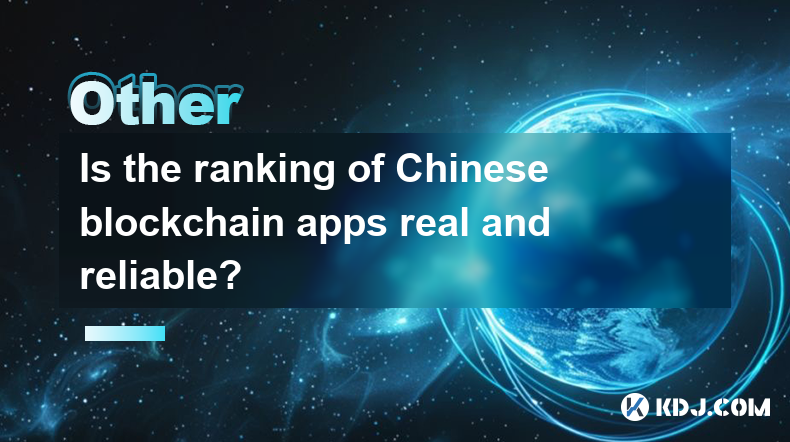
Is the ranking of Chinese blockchain apps real and reliable?
Apr 04,2025 at 09:01pm
The ranking of Chinese blockchain apps has become a topic of interest for many in the cryptocurrency community, as it provides insights into the popularity and adoption of blockchain technology within China. However, the reliability and authenticity of these rankings are often questioned. This article aims to delve into the factors that influence these ...
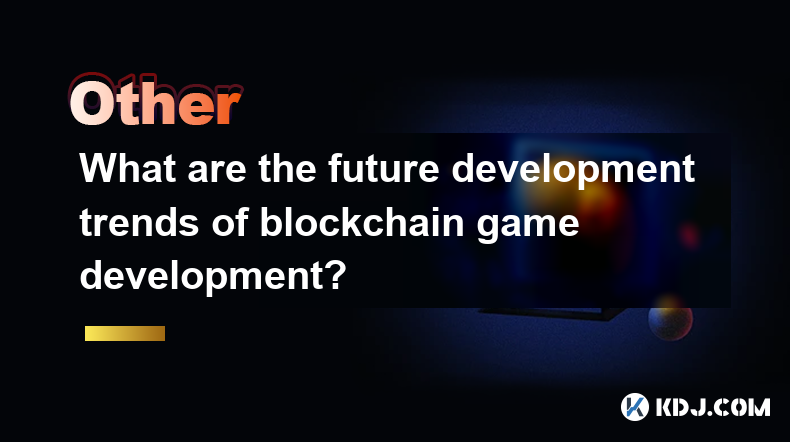
What are the future development trends of blockchain game development?
Apr 03,2025 at 05:00am
Blockchain technology has revolutionized various industries, and gaming is no exception. As we look to the future, several trends are set to shape the development of blockchain games. These trends not only promise to enhance the gaming experience but also to integrate blockchain technology more seamlessly into the gaming ecosystem. Let's explore these t...
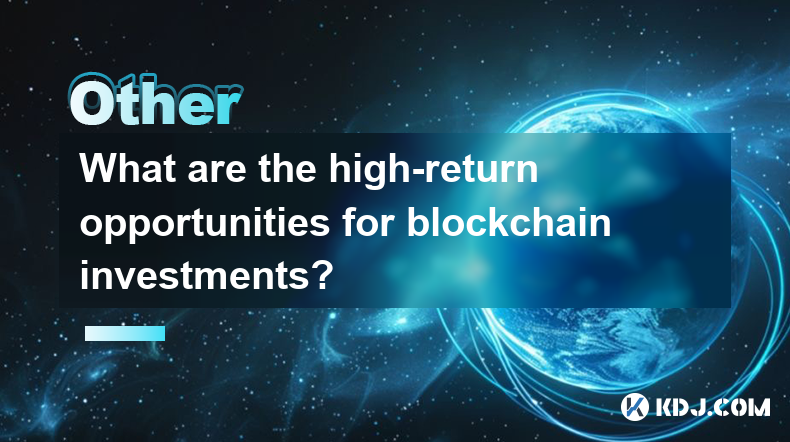
What are the high-return opportunities for blockchain investments?
Apr 05,2025 at 02:35pm
Blockchain technology has revolutionized the financial world, offering numerous high-return investment opportunities. These opportunities span various sectors within the cryptocurrency ecosystem, including cryptocurrencies, decentralized finance (DeFi), non-fungible tokens (NFTs), and blockchain startups. Each of these areas presents unique risks and re...
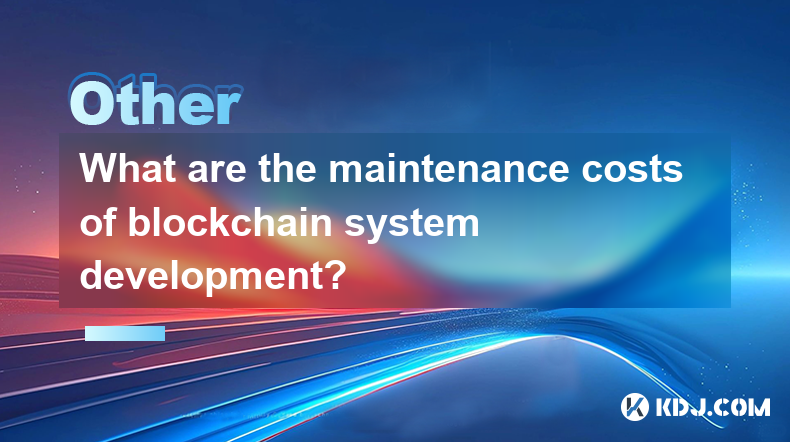
What are the maintenance costs of blockchain system development?
Apr 03,2025 at 06:07pm
The maintenance costs of blockchain system development are multifaceted and depend on various factors. These costs can include technical maintenance, security updates, infrastructure expenses, and personnel costs. Understanding these elements is crucial for anyone planning to develop or maintain a blockchain system. Technical MaintenanceTechnical mainte...
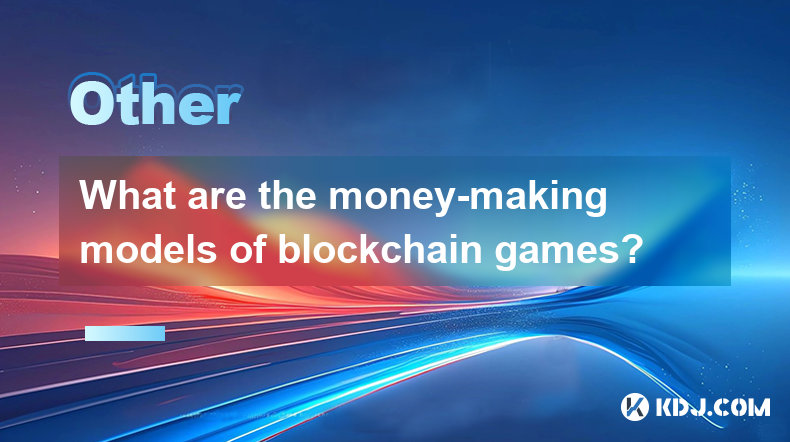
What are the money-making models of blockchain games?
Apr 04,2025 at 02:00pm
Blockchain games have emerged as a revolutionary way for players to earn real money while enjoying their favorite pastime. These games leverage the power of blockchain technology to create unique money-making models that benefit both the players and the developers. In this article, we will explore the various money-making models of blockchain games and ...
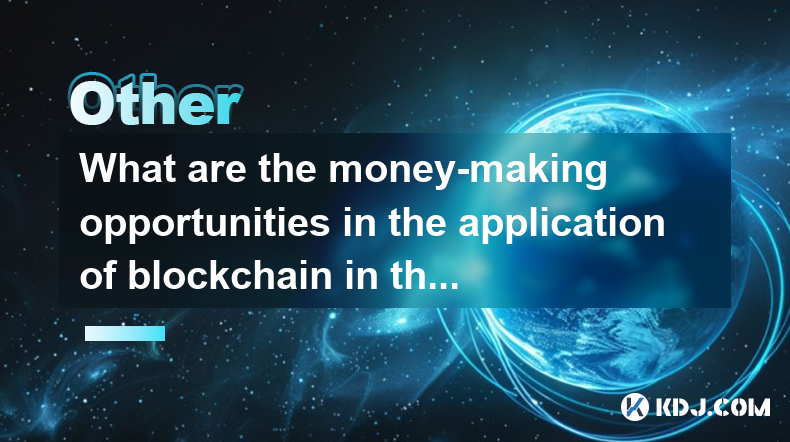
What are the money-making opportunities in the application of blockchain in the medical industry?
Apr 03,2025 at 03:35am
The integration of blockchain technology into the medical industry presents a myriad of money-making opportunities that can revolutionize healthcare systems. Blockchain's inherent characteristics, such as transparency, security, and immutability, make it an ideal solution for various medical applications. By leveraging blockchain, companies can develop ...

Is the ranking of Chinese blockchain apps real and reliable?
Apr 04,2025 at 09:01pm
The ranking of Chinese blockchain apps has become a topic of interest for many in the cryptocurrency community, as it provides insights into the popularity and adoption of blockchain technology within China. However, the reliability and authenticity of these rankings are often questioned. This article aims to delve into the factors that influence these ...

What are the future development trends of blockchain game development?
Apr 03,2025 at 05:00am
Blockchain technology has revolutionized various industries, and gaming is no exception. As we look to the future, several trends are set to shape the development of blockchain games. These trends not only promise to enhance the gaming experience but also to integrate blockchain technology more seamlessly into the gaming ecosystem. Let's explore these t...

What are the high-return opportunities for blockchain investments?
Apr 05,2025 at 02:35pm
Blockchain technology has revolutionized the financial world, offering numerous high-return investment opportunities. These opportunities span various sectors within the cryptocurrency ecosystem, including cryptocurrencies, decentralized finance (DeFi), non-fungible tokens (NFTs), and blockchain startups. Each of these areas presents unique risks and re...

What are the maintenance costs of blockchain system development?
Apr 03,2025 at 06:07pm
The maintenance costs of blockchain system development are multifaceted and depend on various factors. These costs can include technical maintenance, security updates, infrastructure expenses, and personnel costs. Understanding these elements is crucial for anyone planning to develop or maintain a blockchain system. Technical MaintenanceTechnical mainte...

What are the money-making models of blockchain games?
Apr 04,2025 at 02:00pm
Blockchain games have emerged as a revolutionary way for players to earn real money while enjoying their favorite pastime. These games leverage the power of blockchain technology to create unique money-making models that benefit both the players and the developers. In this article, we will explore the various money-making models of blockchain games and ...

What are the money-making opportunities in the application of blockchain in the medical industry?
Apr 03,2025 at 03:35am
The integration of blockchain technology into the medical industry presents a myriad of money-making opportunities that can revolutionize healthcare systems. Blockchain's inherent characteristics, such as transparency, security, and immutability, make it an ideal solution for various medical applications. By leveraging blockchain, companies can develop ...
See all articles














































































